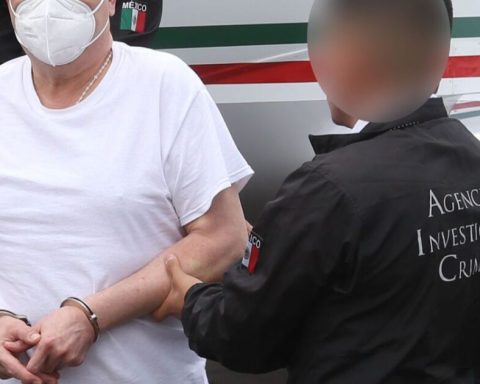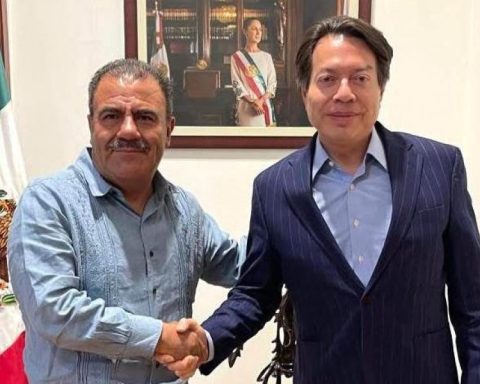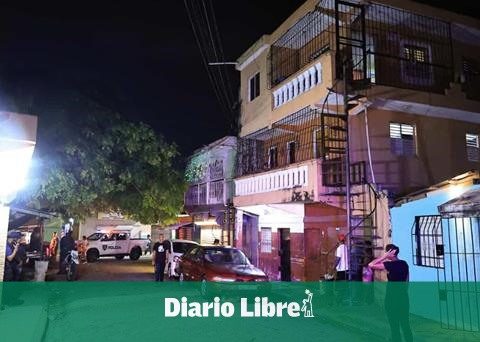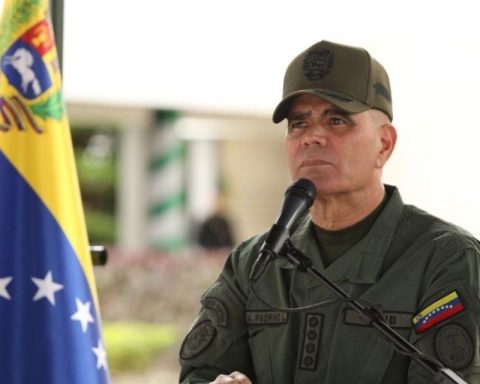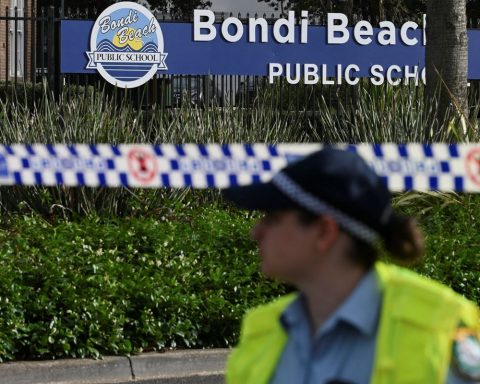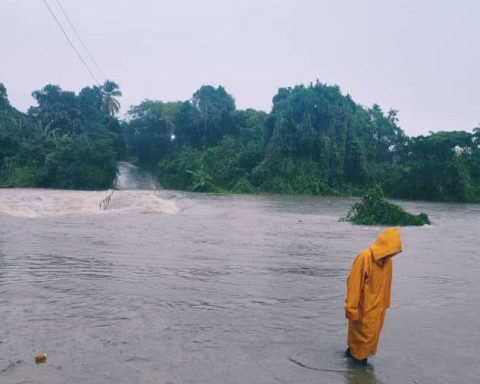AND
n 2015, the government of Enrique Peña Nieto and Governor Gabino Cué, declared war on the Oaxacan teachers. They saw in the teachers of the entity the main obstacle for their educational reform to advance. They unleashed a savage campaign of slander in the media. They militarized the state. Several leaders were imprisoned and arrest warrants issued against others. On June 19, 2016, they launched police against the people and teachers of Nochixtlán, who were blocking a highway. The soldiers killed eight residents and injured more than 200 (https://bit.ly/3F4jjRX).
Oaxacan teachers resisted the attacks. The then Secretary of Education, Aurelio Nuño, could not break them. The teachers took the insult, voting massively in 2018 against the PRI candidates and those who were part of the Pact for Mexico.
As of 2018, some of the wounds were healing. The prisoners got their freedom, the dismissed ones were reinstated. The union leadership recovered part of its dialogue. Others are still open. The victims of Nochixtlán continue to wait for truth and justice.
Among the problems generated by the onslaught is one that significantly affects the educational process in the entity: in the area of primary education, the positions of 500 education assistance workers, 432 group teachers, 268 inspectors have not been filled. code 21, 71 school supervisors and 23 heads of sector. The lack of promotions to attend these managerial instances has suffered. Hundreds of teachers have since retired and their positions have not been filled. The chain of coordination and command that links the lower levels of education with the higher ones is damaged.
The situation worsened with the pandemic. At the general primary level, some 110 teachers, 50 support workers and 11 supervisors died of Covid, without the places having been filled.
These deficiencies cause great difficulties for 31,000 primary school teachers to carry out their work. To cover holes, larger ones are opened. Personnel are being taken in front of the group to fill gaps, but the place they leave is not occupied by new teachers. who serve as firemen
to put out the fires do not receive compensation. Furthermore, they must put money out of their pockets to defray the expenses generated by traveling to visit schools or purchase materials to do their work. Vehicles and travel expenses are lacking. Anyone who knows Oaxaca knows how difficult and expensive it is to travel in certain regions.
The chain of command in the sector has several links: mayor, secretary, group master, director, supervisor and sector chief. A director coordinates and directs the work of group teachers in a school. A supervisor arranges and guides the activities in about 25 schools. He is at the head of a technical council where he decides on the activities of the school zones. The head of the sector organizes with the supervisors the educational and social work and the pedagogical workshops of a region.
The situation resembles an army in which corporals, sergeants, lieutenants, captains, majors and colonels who are discharged are not replaced. And, in which the gaps they leave are informally covered with ordinary soldiers. An army cannot function without officers.
Directors, supervisors and heads of sector are usually the teachers with the greatest seniority and knowledge of the world of teaching. Many have between 30 and 40 years of service. They are managers of all educational problems. They are in charge of systematizing and transferring the demands of the school communities. For example, they document which schools are in poor condition, lacking infrastructure and services. This is particularly important in Oaxaca, where schools that collapsed or classrooms that cracked in the 2017 earthquake need to be built and repaired.
In addition, the directors find that the State Institute of Public Education of Oaxaca (IEEPO) operates in more than 90 offices distributed in the state capital and surrounding municipalities, many with accesses almost unknown to teachers. This complicates and makes the procedures that must be carried out more expensive. For this reason, they demand that the officials return to dispatch to the historic building in which their headquarters were located.
All these school officials are grouped in the steering committee of the H. Corps of Supervisors and Heads of Primary Education Sector of the state of Oaxaca. They have walked with the teachers’ movement since the union became democratized in 1980. The grassroots insurgency dragged them along. The committee was founded in 1982. Its representatives change every three or four years, when the leaders of section 22 are relieved.
Given the difficulty of the situation, the steering committee set up a sit-in in the Zócalo of the city of Oaxaca on February 28. They had to withdraw without their petition being attended to. It was not the first time they did it. In 2019 they also mobilized. Last Monday, they moved to Mexico City to seek a response to their demands.
The steering committee asks: where are the vacancies for the personnel who have retired from 2015 to the date that are missing? Why haven’t they been adequately covered? It demands the installation of a negotiating table with the IEEPO, the political commission of section 22, the secretary of labor and general primary conflicts and the steering committee so that their labor, economic, educational and material demands are resolved.
It is time for the wounds opened by the attack on the Oaxacan teachers in 2015 to heal.
Twitter: @lhan55

